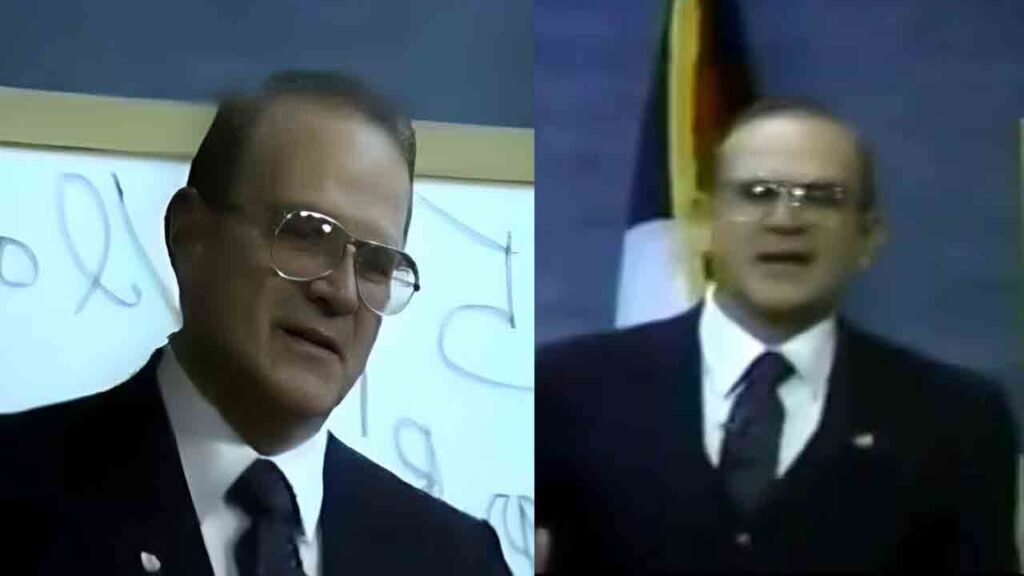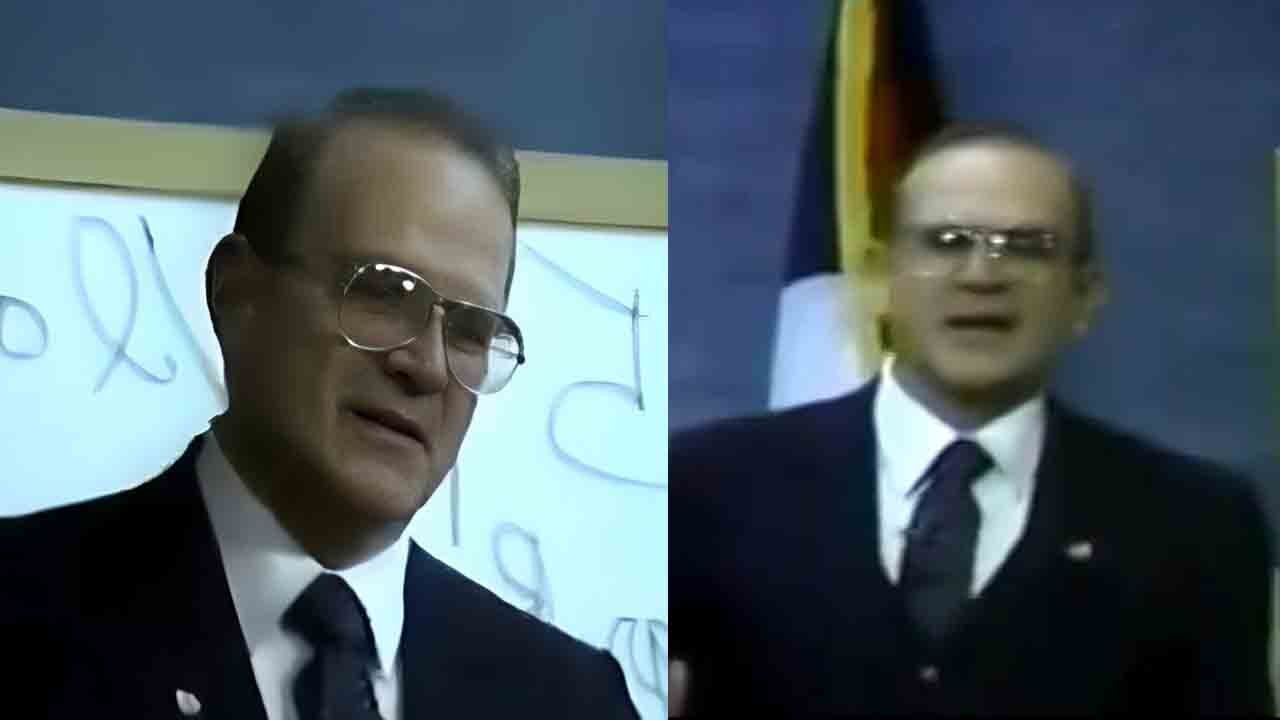Galen Winsor Eating Uranium, Nuclear, Wikipedia:- Galen Winsor, a well-known American nuclear chemist, made a lasting impact on nuclear energy with his unconventional methods and controversial ideas. Born on June 4, 1926, in Peterson, Utah, Winsor’s life was marked by bold demonstrations that questioned the common beliefs about radiation safety and nuclear energy.

Galen Winsor Bio
| Name | Galen Winsor |
|---|---|
| Birth | June 4, 1926, Peterson, Morgan County, Utah |
| Early Life | Third child and first son of Murkins Terry Winsor and Eleanor Hulet; father died when Galen was three; family moved to Nevada after mother remarried |
| Education | Graduated from Lincoln County High School in 1944; earned a chemistry degree from Brigham Young University |
| Career | Nuclear Chemist for General Electric at Hanford Site; designed and managed nuclear facilities in California and Colorado |
| Controversial Demonstrations | Famous for eating radioactive uranium on camera to debunk radiation fears; delivered 77 lectures often ingesting uranium |
| Personal Life | Married LaDene Mikkelsen in 1947; had four children; second wife Ruby Van Sant; enjoyed flying, fishing, hunting, boating, and reading |
| Legacy | Key figure in plutonium extraction and uranium facility management; challenged radiation safety norms; died July 19, 2008, at age 86 |
Galen Winsor Early Life and Career
Winsor’s early years were influenced by his service in the Navy during World War II. After the war, he attended Brigham Young University (BYU) in Provo, Utah, where he earned a degree in chemistry. He started his career at General Electric in Hanford, Washington, where he worked on extracting plutonium, which set the stage for his future work in nuclear energy.
Galen Winsor Controversial Demonstrations
Winsor is best known for his daring demonstrations meant to challenge public views on radiation safety. In 1986, he ingested uranium during a public presentation, claiming it did not harm him. This act was part of a series of demonstrations supporting his belief that uranium’s toxicity was mainly chemical, not due to its radioactivity.
Galen Winsor Conspiracy Theories
Besides his practical demonstrations, Winsor promoted the idea of a global conspiracy to exaggerate radiation dangers and control nuclear energy resources. He claimed that an elite group in the energy industry kept nuclear fuel prices high by withholding valuable nuclear waste that could be reused for energy. This theory sparked significant debate and controversy in the scientific community.
Galen Winsor Legacy and Impact
Galen Winsor’s life and work continue to be topics of interest and debate. His demonstrations and theories have initiated important discussions about nuclear safety and radioactive waste management. Although his methods and conclusions were controversial, his impact on public perception and scientific debates about nuclear energy is significant.
FAQs
What was Galen Winsor’s most notable contribution to nuclear energy?
Galen Winsor’s most notable contribution was his series of daring demonstrations that challenged public perceptions about radiation safety, including ingesting uranium and swimming in pools used to store spent nuclear fuel rods.
What were Galen Winsor’s conspiracy theories about nuclear energy?
Winsor believed in a global conspiracy to exaggerate radiation dangers and control nuclear energy resources. He claimed that an elite group in the energy industry kept nuclear fuel prices high by withholding valuable nuclear waste that could be reused for energy.
How did Galen Winsor die?
Galen Winsor passed away on July 19, 2008, at the age of 82, presumably from natural causes. There are theories that he may have died of leukemia or Parkinson’s disease, but no conclusive evidence supports these claims.
What is Galen Winsor’s legacy in nuclear energy?
Winsor’s legacy is marked by controversy and debate. His demonstrations and theories have sparked important discussions about nuclear safety and radioactive waste management. Despite the controversy, his impact on public perception and scientific debates about nuclear energy remains significant.
Also Read:
- Mike Majlak Wikipedia, Girlfriend, Height, Age, Net Worth, Hair, Ex
- Helena Vlahos Young, Wikipeida, Age, Belly Dance, Nationality, 70s, Carter
- Vinessa Vidotto Wikipedia, Lucifer, Ethnicity, Pregnant, Age, Nationality, Instagram

